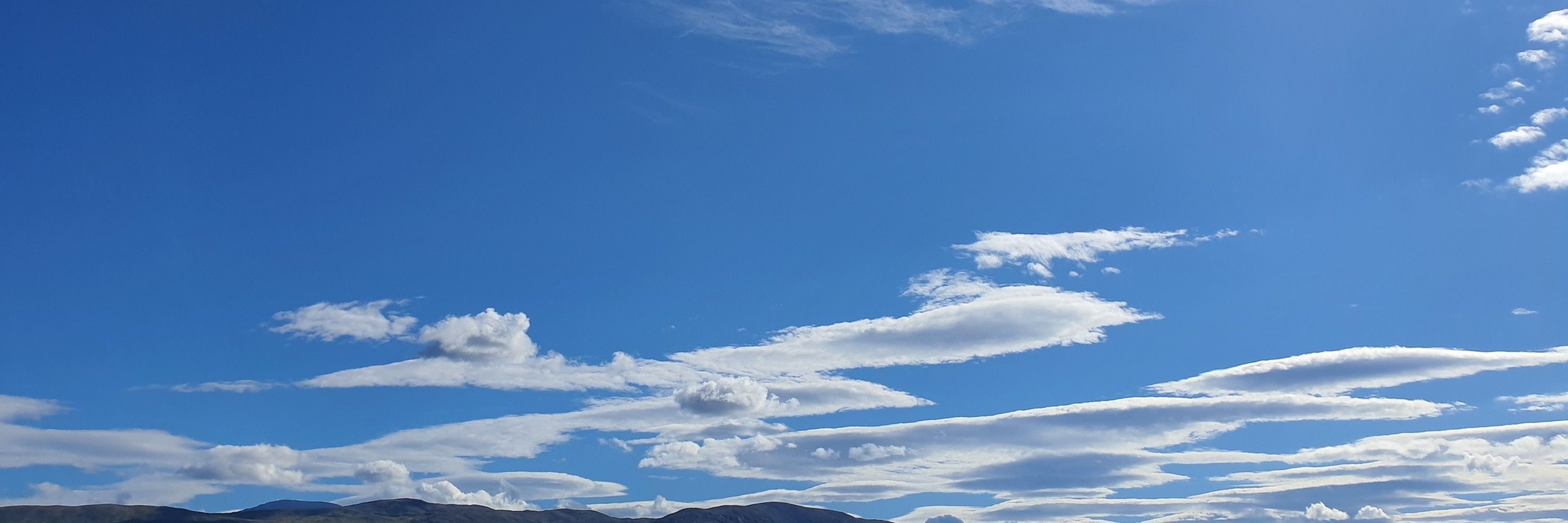
Research interests include sea ice, oceans, and polar climate. Living in the far north and love gardening, hiking, paddling, and drinking coffee. Any opinions expressed are my own.




Such a lovely Blood Moon and Lunar eclipse 😍
🧪


Such a lovely Blood Moon and Lunar eclipse 😍
🧪
The comprehensive Python package gives researchers seamless access to decades of satellite climate data.
Give it a try 👉https://climate.esa.int/en/data/toolbox

The comprehensive Python package gives researchers seamless access to decades of satellite climate data.
Give it a try 👉https://climate.esa.int/en/data/toolbox
🐝💤🌱🌻

🐝💤🌱🌻
Data source: @osi-saf.eumetsat.int

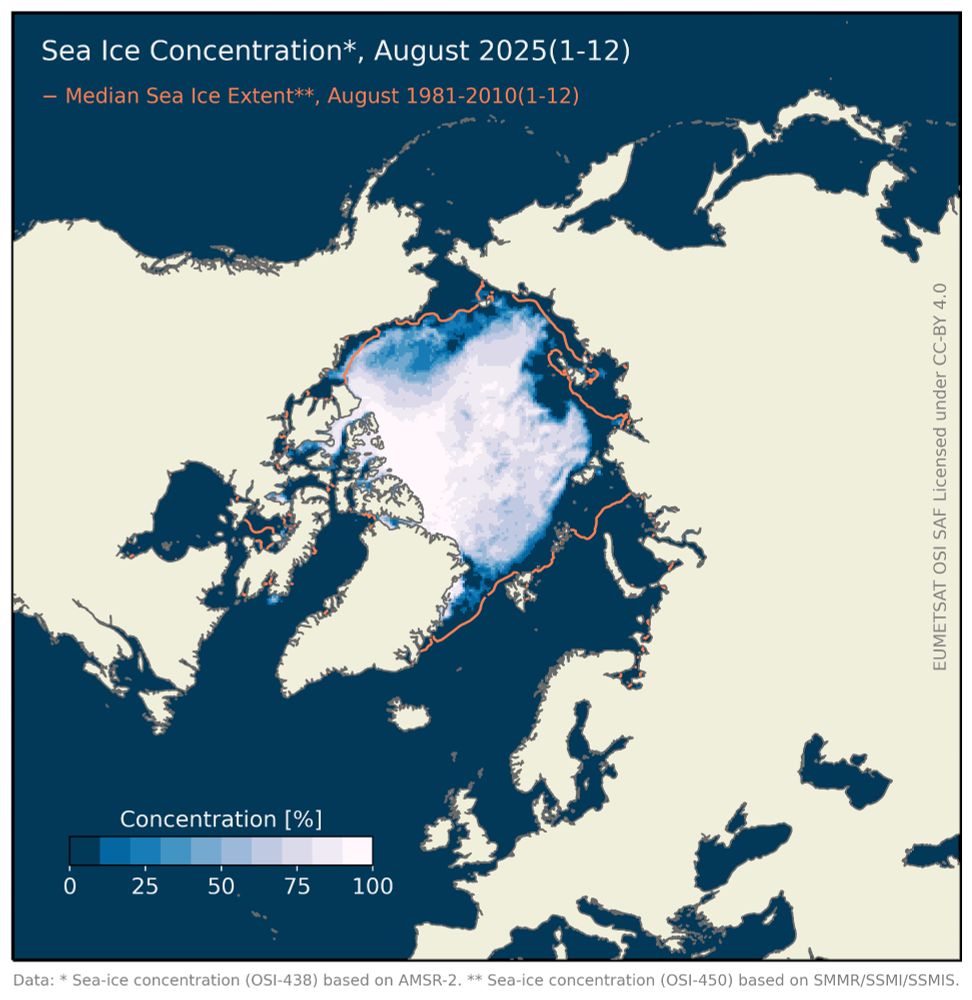
Data source: @osi-saf.eumetsat.int
I plan to follow it exactly as stated today 😁

I plan to follow it exactly as stated today 😁
Born in 13 degrees and rain. Grew through heat periods. Survived droughts, and stood straight through heavy winds.
I’m so impressed 😍

Born in 13 degrees and rain. Grew through heat periods. Survived droughts, and stood straight through heavy winds.
I’m so impressed 😍
The July extent over the last four years differs significantly from that of the previous four decades.
@osi-saf.eumetsat.int
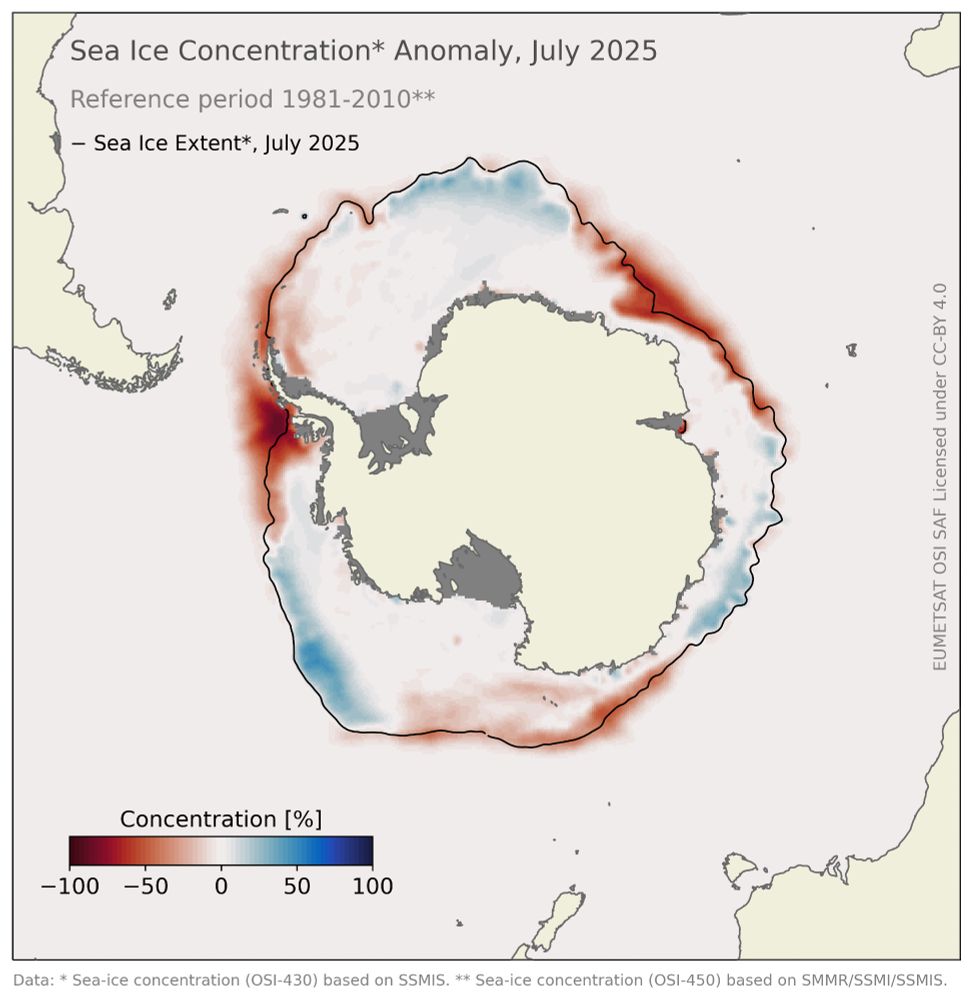
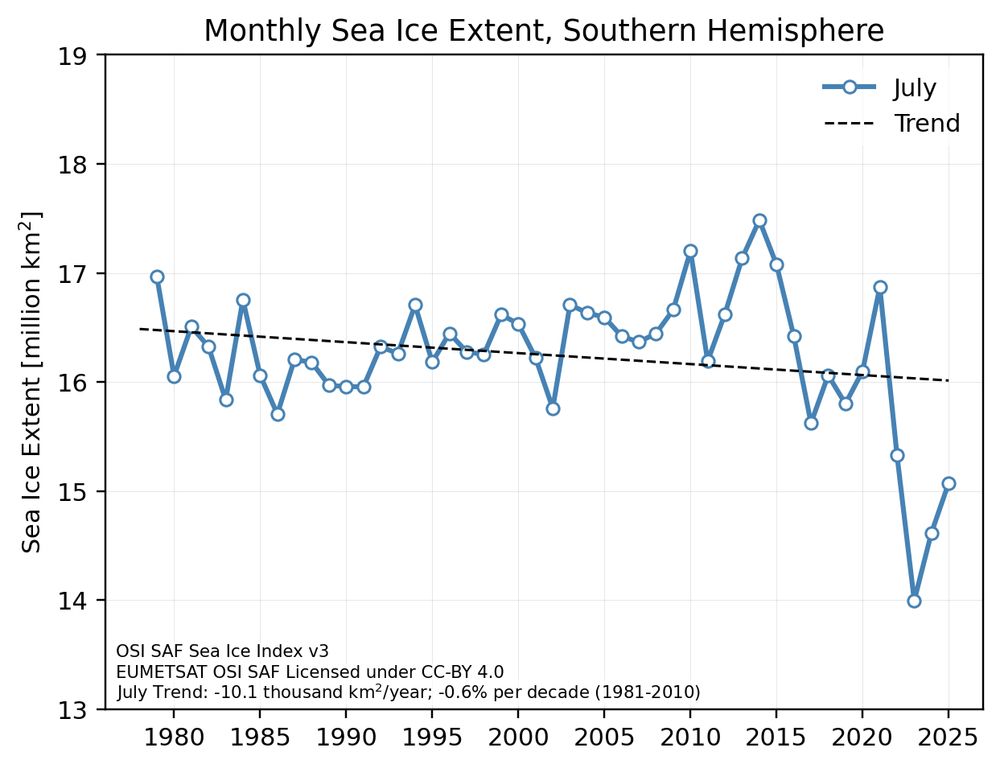
The July extent over the last four years differs significantly from that of the previous four decades.
@osi-saf.eumetsat.int
With the continuation of SSMIS data distribution, the sea-ice index v2.2 (based on SSMIS) will continue as usual.
The newly implemented branch providing a calibrated AMSR-based index will be monitored and work as a backup.
👉 osi-saf.eumetsat.int/community/li...

With the continuation of SSMIS data distribution, the sea-ice index v2.2 (based on SSMIS) will continue as usual.
The newly implemented branch providing a calibrated AMSR-based index will be monitored and work as a backup.
👉 osi-saf.eumetsat.int/community/li...
1. Compute indexes from AMSR-2 instead
2. Develop a calibration tuned over 2021-2025
3. Continue the index time series with calibrated AMSR-based indexes from August 2025.
👉 (link below)
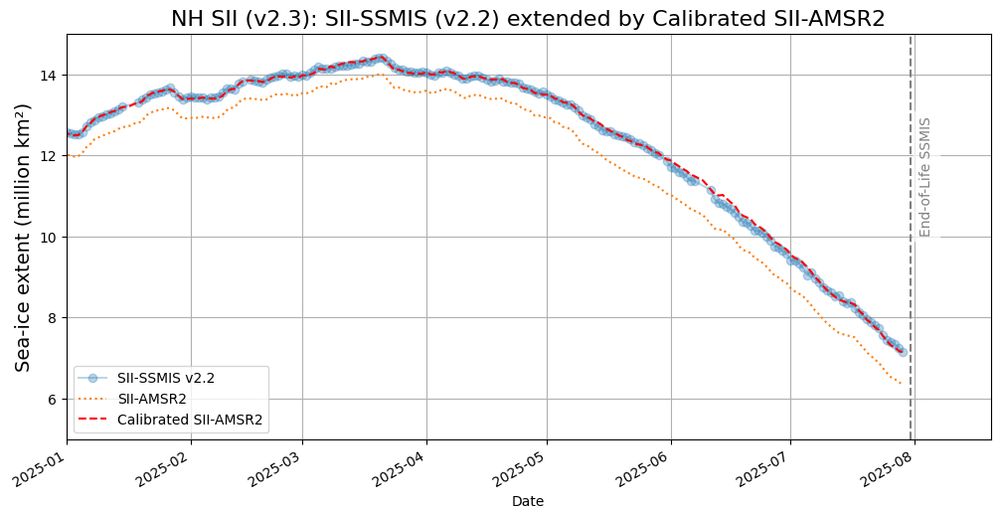
1. Compute indexes from AMSR-2 instead
2. Develop a calibration tuned over 2021-2025
3. Continue the index time series with calibrated AMSR-based indexes from August 2025.
👉 (link below)
(Had to think for a second to understand 😅)

(Had to think for a second to understand 😅)
and the never-setting-sun ☀️
Same view before and after a beautiful evening paddle on a mirror-like ocean 🛶
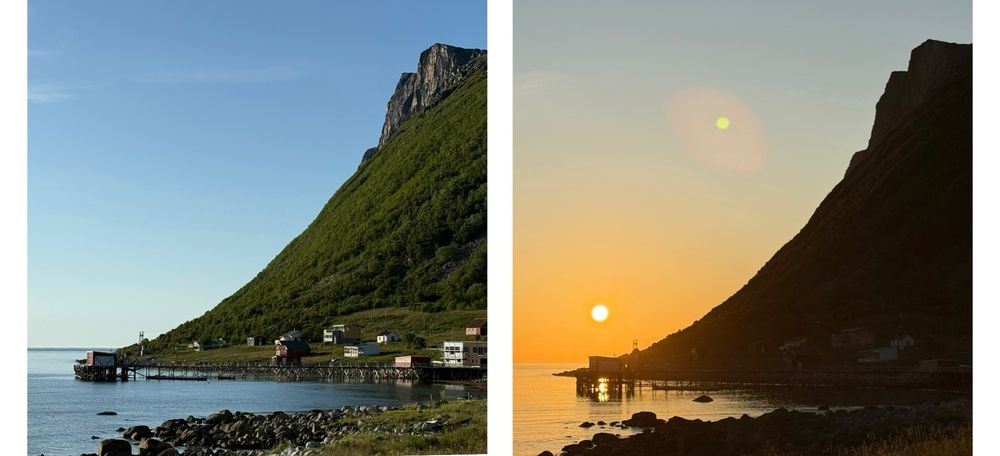
and the never-setting-sun ☀️
Same view before and after a beautiful evening paddle on a mirror-like ocean 🛶
Sea Ice Age is the focus🔎
Main topics:
1. Review ECV sea ice products
2. Refine sea ice age product
3. Explore polar data issues
For more information and registration, 👉https://forms.gle/Ure5JxiGUZsYyjuf9
Please repost and share
#ESA
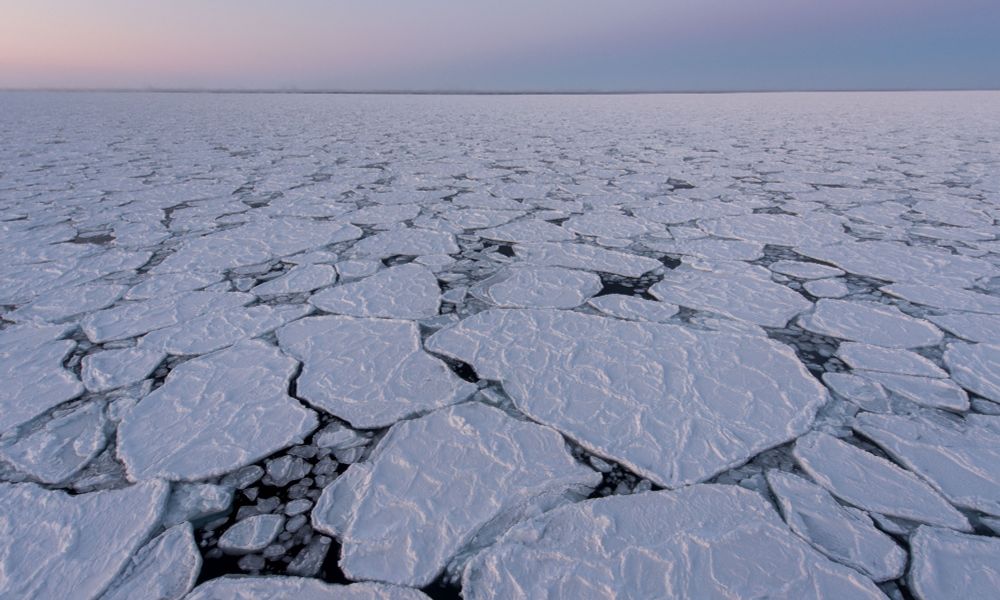
Sea Ice Age is the focus🔎
Main topics:
1. Review ECV sea ice products
2. Refine sea ice age product
3. Explore polar data issues
For more information and registration, 👉https://forms.gle/Ure5JxiGUZsYyjuf9
Please repost and share
#ESA
Compared with 1981-2010 mean ice extent, we see
a retreated ice edge in the entire Atlantic sector.
Note, the flipping between maps based on AMSR-2 (OSI-438 product) and SSMIS (OSI-430), relative to the SMMR/SSMI/SSMIS product (OSI-450).
Compared with 1981-2010 mean ice extent, we see
a retreated ice edge in the entire Atlantic sector.
Note, the flipping between maps based on AMSR-2 (OSI-438 product) and SSMIS (OSI-430), relative to the SMMR/SSMI/SSMIS product (OSI-450).
🧪🥼❄️⚒️
Data: Sea Ice Index from @osi-saf.eumetsat.int

🧪🥼❄️⚒️
Data: Sea Ice Index from @osi-saf.eumetsat.int




We’ll map sea ice age and drift globally using satellites 🛰️, AI 🤖, and advanced tracking👣 – building the first global climate dataset of its kind. ❄️
(in Norwegian) 👉https://shorturl.at/kmXSc
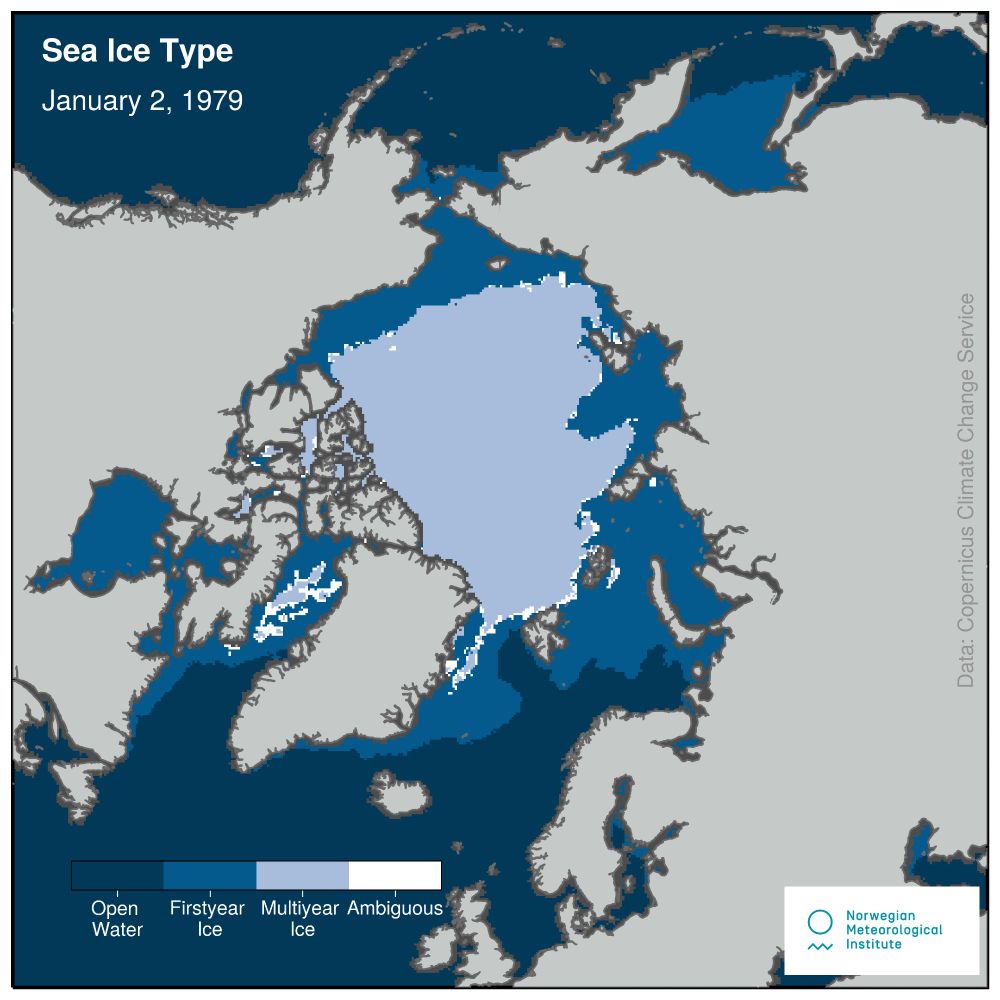


Source: Global Footprint Network www.overshootday.org

Source: Global Footprint Network www.overshootday.org



